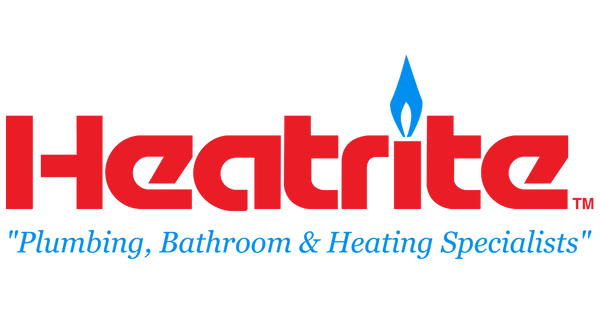How does Rinnai calculate their claim of typical hot water heating savings of up to 10%?
Savings are influenced by a number of factors including cylinder size, hot water use profiles and plumbing system design. Savings of up to 10% have been observed. The savings claim is verified by results from European tapping tests. The European efficiency testing standard for a hot water system uses “tapping’s”. Tapping's are calls for hot water from the cylinder at various times to simulate real life hot water use.
Can I put a Smart controller on to an existing cylinder?
We would love to be able to put Smart control on every hot water cylinder in NZ, but due to electrical compliance requirements we can only supply these as part of a complete unit – the Rinnai Smart Cylinder™. There are also complexities with selling the Smart controller as a standalone item, as the control is developed specifically for each size hot water cylinder, to ensure maximum efficiency as well as for safety reasons.
How long does it take to learn a new pattern?
The system spends the first week learning a pattern, then by the end of the second week it starts to apply savings. As patterns change, this is gradually integrated into the savings algorithm and the Smart Cylinder updates its heating pattern on an ongoing basis.
What is the warranty on the Rinnai Smart Cylinder™?
The cylinder is covered under the warranty for the cylinder type, e.g. Stainless Steel has a 10 year warranty, while the Mains Pressure Enamel range has a 7 year warranty. The Smart controller as a component has a warranty period of 1 year from the date of installation.
How does the Rinnai Smart Cylinder™ reduce the risk of legionella?
The Rinnai Smart Cylinder™ has an anti-legionella feature built in which meets the requirements of the New Zealand Building Code₁. To disinfect water for legionella bacteria, the system will perform heating above 60 °C whenever risk conditions are detected. ₁Clause G12.3.9
Is it possible to supply the cylinder with LED control pad locatable away from the cylinder?
The control pad for the Rinnai Smart Cylinder™ is connected to the thermostat in the cylinder via a cable. Due to electrical compliance requirements, mounting the control pad on the cylinder is currently the only option. Like any product, there will be continuous improvement over time and eventually there may be the option to have a wireless controller or the technology to control the unit via mobile phone. The current design is a huge step forward in the efficiency of the electric hot water cylinder market in NZ. The great thing about the Rinnai Smart Cylinder™ is that it works very well with not much input from you, the homeowner. The control is a set and forget product which allows you to make savings without having to do anything, it isn’t a control that you need to check or adjust. When the cylinder is installed, the level is set on the control pad (most people choose level three, the default setting) and then the cylinder begins to learn your habits and make savings. There may be the odd instance when you may want to change the mode - for example if you are going on holiday or have guests staying and your hot water pattern changes.
Will you be developing an app that will enable remote access to change the setting?
We are not currently working on this and have no timeframe by which we might start.
What if more hot water is required, i.e. additional people coming to stay?
There are a few options here: You could put the cylinder onto manual mode, which will result in it working the same way a standard electric hot water cylinder (there will be no savings during this time period) and then revert back to your preferred setting once your guests have left.
Alternatively, if you still want to enjoy some savings then you can increase the level of comfort on the controller, which means that the cylinder will produce more hot water while still delivering savings.especially if you have young children, the hot water can be pre-set to a child-safe level
- No need to mix hot and cold water, this reduces the changes in water temperature when another tap in the building is turned on
- You use your continuous flow unit more efficiently as less gas is required to heat water to 40 °C (typical shower temperature) than at 55 °C (which is the default temperature without controllers)
- Highlights any problems (disruption in gas supply etc.) by displaying error codes on the controller
